Food for Thought: Digestible Baling
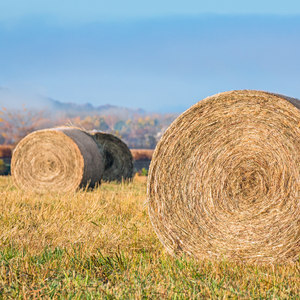
While the idea of digestible, ecofriendly baling presents several advantages, it is essential to acknowledge its limitations both in the context of wrapping hay bales and its potential impact on the stomachs of cows. Here are some limitations to consider, based on the established creation methods of Sisal Twine:
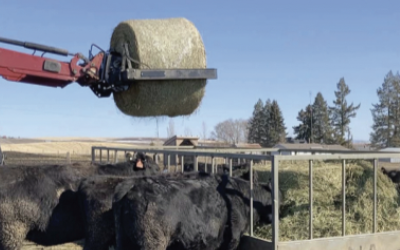
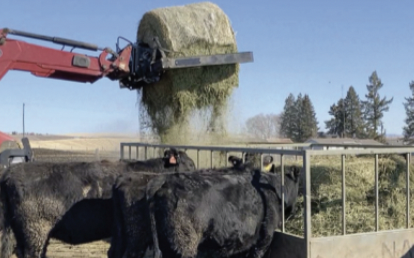
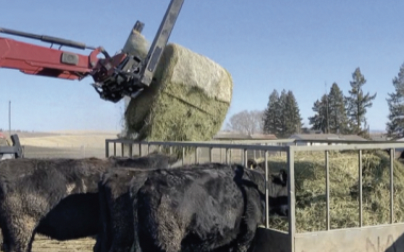
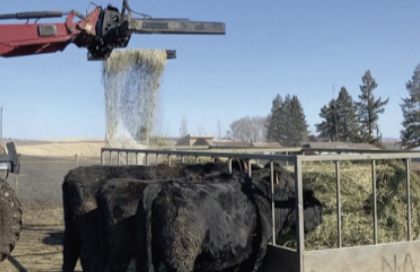
1. Durability and Stability
2. Not Completely Digestible
Bruce Anderson, Nebraska Extension Forage Specialist, published a study on the digestibility of biodegradable twine at the University of Nebraska. After conducting multiple experiments, it was discovered that neither plastic net wrap nor biodegradable twine were digested by rumen microbes.
Read about this study here: Remove Net Wrap and Twine | Announce | University of Nebraska-Lincoln (unl.edu)
Rumen microbes live in one of a cow’s four stomach compartments. They play a critical role in cattle’s immunity and nutritional functions.
Another study found that while Sisal Twine is “technically” digestible, it takes additional time to break down. It was still found in the rumen after 14 days along with three different types of traditional net wrap. Moreover, roughly 40% of the Sisal Twine was still present in their stomachs after this two-week period.
Read more here: Should You Be Worried About Cattle Ingesting Net Wrap? (beefmagazine.com)
3. Cost Considerations

While the development of an effective edible net wrap is still being refined, an official comparison cannot be completed yet.
Read more here: Scientists one step closer to a sustainable bale wrap | Ontario Agri-Food Innovation Alliance (uoguelph.ca)
However, digestible baling materials, often derived from natural fibers or plant-based polymers, tend to be more expensive than traditional non-digestible alternatives. As an example, Sisal Twine (digestible) runs about twice as much per foot as plastic twine. This can pose economic challenges for farmers, especially those with larger operations.
Read more here: Pros And Cons Of Plastic, Sisal And Net Wrap For Bale Grazing – Canadian Cattlemen
4. Breakdown Rate Variability
The breakdown rate of digestible materials in baling can vary depending on environmental conditions, microbial activity in the cow’s stomach, and the specific material used. Inconsistent breakdown rates may result in remnants of the net wrap or twine remaining in the digestive system for extended periods.
5. Potential for Incomplete Breakdown
Despite being labeled “digestible,” there is a risk that portions may not break down completely in the cow’s stomach. This incomplete breakdown could lead to blockages or other digestive issues for the animals.
6. Impact on Feed Quality
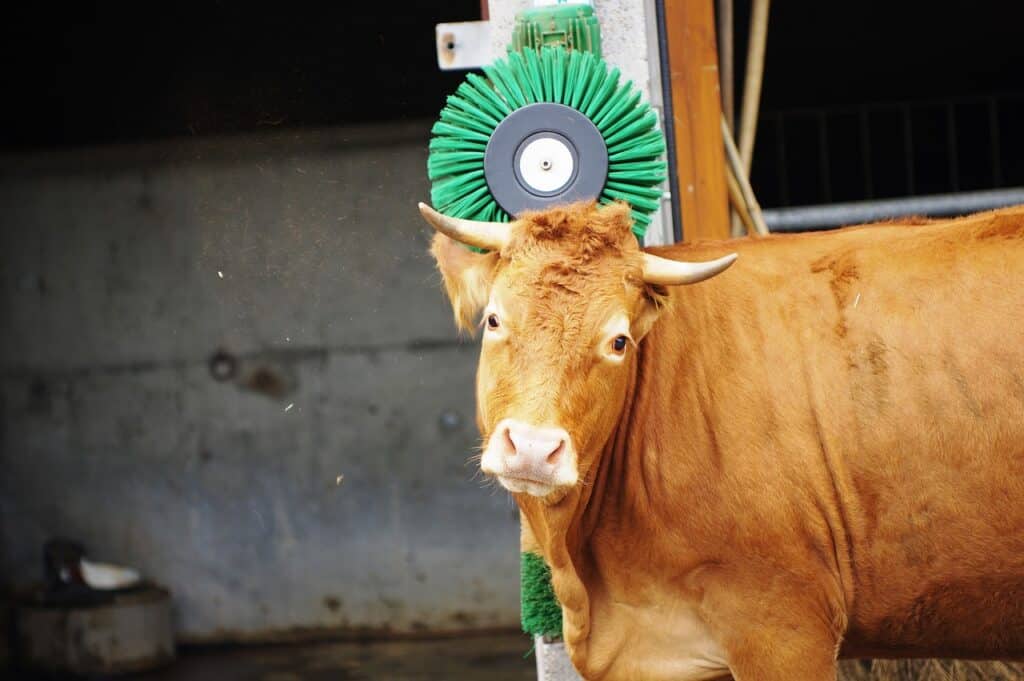
The introduction of digestible net wrap to hay bales may have unintended consequences on the quality of the feed. There could be concerns about the incorporation of foreign materials affecting the nutritional content of the forage.
7. Long-Term Effect on Cattle Health
While digestible net wrap is a promising innovation, there are still gaps in research regarding its long-term effects on cattle health. More studies are needed to fully understand how different materials used in digestible net wrap interact with the digestive processes of cattle.
8. Compatibility with Machinery
Farmers may need to invest in equipment that is compatible with the unique characteristics of digestible net wrap. This could involve modifications to existing machinery or the purchase of specialized equipment.
9. Environmental Conditions
The breakdown of digestible baling materials relies on specific environmental conditions, including temperature and microbial activity. In regions with extreme weather conditions or variations, the effectiveness of digestible net wrap or twine may be compromised.

